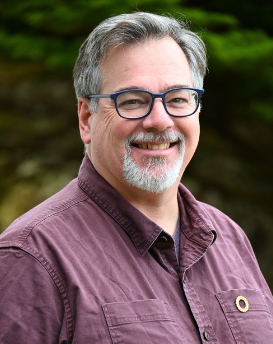Darren Garnier
OpenStar Technologies LTD
Seminar Information
Engineering Building Unit 2 (EBU2)
Room 479
Seminar Recording Available: Please contact seminar coordinator, Jake Blair at (j1blair@ucsd.edu)

The levitated dipole fusion concept was proposed by Akira Hasegawa after observing Voyager 2’s encounter with Uranus in 1986. Those observations confirmed that planetary magnetospheres have centrally-peaked density and pressure profiles that form naturally from turbulence driven by the solar wind. This remarkable property leads to several advantages of dipoles as fusion devices. Experiments at the Levitated Dipole Experiment (LDX), a joint Columbia/MIT project), showed over a decade ago that such profiles could be demonstrated in laboratory plasmas. Now, OpenStar Technologies, a fusion energy startup spun out of the high-temperature superconducting magnet group of Robinson Research Institute in Wellington New Zealand, is reviving the concept. The OpenStar team has constructed and are currently testing their first dipole, “Junior” with first plasma recently achieved. This LDX-scale device is designed to demonstrate much of the magnet technology required for dipole reactors and reproduce the results from LDX. The next generation machine, “Tahi”, has goal of placing the dipole on the Lawson criterion curve of nT-tau, and demonstrating the theoretically decoupled nature of the energy and particle transport within a dipole confined plasma. This seminar will give an introduction to dipole confinement physics, previous experimental results, current operations on Junior, and requirements and initial designs for Tahi.
Darren Garnier received his doctorate in plasma physics at MIT injecting lithium pellets into the Alcator C-mod tokamak. After a postdoc at UCLA working in Alaska, he was hired by Columbia University as the chief experimentalist of the LDX program. Afterwards, he did a stint in private industry before returning to fusion, working on the design of SPARC at MIT. In 2023, he got back to dipole research as Director of Plasma Science at OpenStar Technologies in Wellington New Zealand.
